10 great car names that (mostly) lost their luster
Fresh from driving the 2024 Integra in Type S form, we’re still impressed that Acura captured some of the magic of the original, 1997–2001 Integra Type R. It’s an uncommon triumph, as this list from the Hagerty archives proves. —Ed.
Some of the most memorable car names first appeared on unforgettable models that left permanent imprints on car culture. In many instances, the name would subsequently switch to a mainstream model to give the more pedestrian vehicle a jolt of excitement. That marketing tactic went too far and for too long in some cases, diluting the value of the name value into oblivion.
Here are 10 car names that lost their luster over the years, including a few reboots that earned a measure of redemption.
Pontiac Bonneville
Pontiac’s limited-production 1957 Bonneville convertible (630 made), equipped with fuel injection and priced at a whopping $5800 (or nearly ten times that for a driver-quality example today), saw its special status fade quickly. The Grand Prix demoted the Bonnie to mid-line status in 1961. In the early ’80s, the Bonneville badge replaced the Le Mans one on the midsize sedan. The Bonneville name later switched onto a full-size front-driver, which at least ended on a decent note with supercharged V-6s and, in the end, a Cadillac Northstar V-8.
Chevrolet Impala
Chevy’s Impala started as a special 1958 Bel Air model with glammed-up styling. Optioned with the triple-carb, 348-cubic-inch V-8, the ’58 Impala was a hot car. Although Impala went mainstream after that, Super Sport models and big-block engines kept it interesting in the ’60s. The luxury Caprice trim dropped in above Impala in ’65, and two decades later, the Impala was demoted to a stripper for police and taxi fleets. The 1994–96 Impala SS briefly redeemed the name, but the model-year 2000 version was an anonymous front-driver. The version that ended production after 2020 was much improved but still mainstream.
Shelby / Ford Cobra
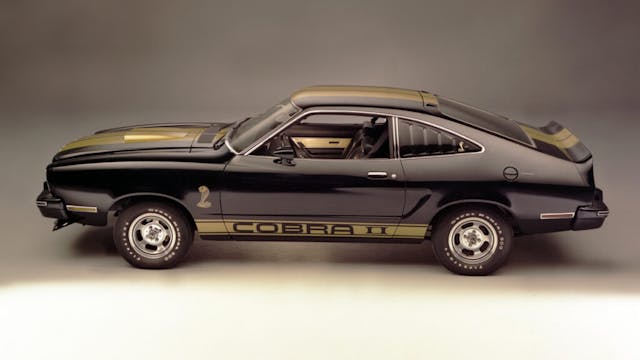
Trying to capitalize on the Shelby Cobra’s performance image in the ’60s, Ford spread the name (which it owned) pretty thin. “Shelby” appeared on various parts of the 1965–67 Shelby Mustangs and was then integrated into the names of those models from 1968 through 1970.
At the same time, Ford also called its midsize muscle car a Cobra. Ford scraped the bottom when it slapped “Cobra II” decals on a 1976 Mustang II, but 1993-and-later Mustang Cobras atoned for the offense. The 2016 Ford Shelby GT350 (and GT350R) up the ante even further, and today’s GT500 proved itself king of the hill.
AMC AMX

Muscle-car buffs fondly remember the AMX, the short-wheelbase, two-seat version of AMC’s Javelin pony car. After canceling the AMX, AMC moved the badge to the 1971 Javelin performance model. But a few years after the Javelin ended, AMC pulled its own “Cobra II” move, making “AMX” a garish dress-up package for the Hornet compact and, later, for the smaller Spirit (a Gremlin rerun). At least you could get an optional 304-cube V-8 in ’79.
Get this: Two 1979 AMXs took first and second in class (25th and 43rd overall) in Germany’s Nürburgring 24 Hour race, with Indy racer Lyn St. James and actor James Brolin among the six drivers.
Dodge Charger
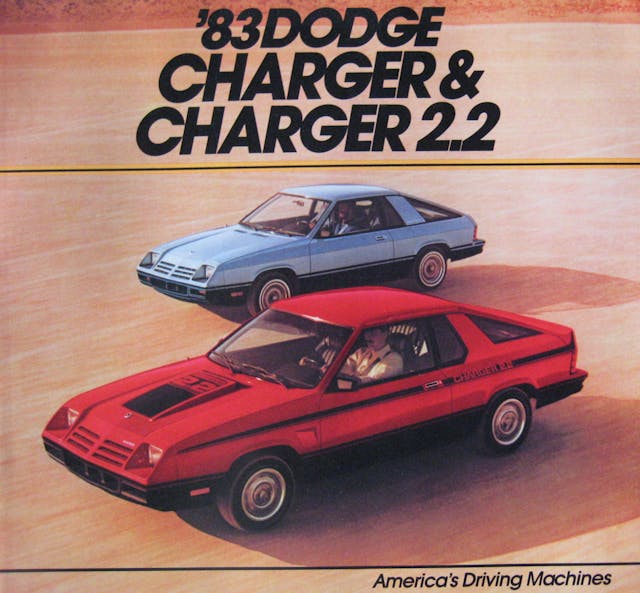
After carving out a unique sporty/muscle niche with the 1966–74 Chargers, Dodge moved the badge to a “personal luxury” coupe in ’75. The public yawned, but the new model’s Chrysler clone, the Cordoba, achieved far greater success.
In the ’80s, Dodge glued the Charger badge to a front-drive Omni hatchback coupe, and there was even a Shelby version. Redemption arrived in 2006 with a Charger sedan, available with a new Hemi V-8, and the 707-horsepower, 204-mph Charger Hellcat that arrived in 2015 sealed the name’s modern-day fame.
Mercury Cougar
The 1967–70 Mercury Cougar was unique among pony cars thanks to its elegant design, touch of luxury, and available muscle power. The larger 1971–73 model dimmed the spark, however, and the Cougar went full luxo-boat in ’74.
By the late ’70s, the badge adorned a line of mainstream Mercs, including a station wagon. A Thunderbird clone followed in ’83. Finally, an attempt to recapture the old magic spawned a front-drive sport coupe for 1999–2002.
Ford Mustang Mach 1
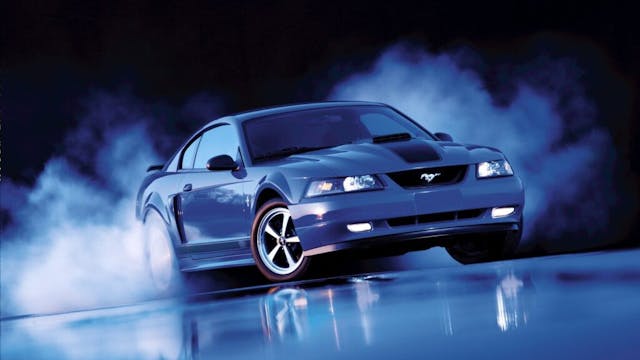
The new-for-1969 Mustang Mach 1 was the mainstream muscle Mustang, and it sold well. By 1971, though, the Mach 1 had become bloated and underpowered with a standard two-barrel, 302-cu-in V-8. The 429 Cobra Jet engine was gone after ’71, leaving various 351 V-8s to carry the performance torch. It was a crime to use the Mach 1 name on the later Mustang II, but kudos to Ford for putting it on a special 2003–2004 Mustang with a 305-horse DOHC V-8.
Maserati Ghibli
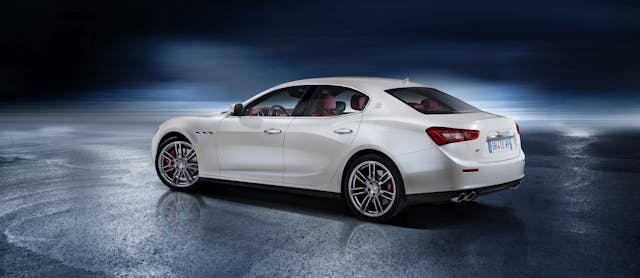
The 1967–1973 Maserati Ghibli, named for a North African windstorm, was a bona fide 160-mph classic GT and one of the most beautiful cars ever made. In 1992, the Ghibli name resurfaced on a fast but blocky-looking two-door based on the dreadful BiTurbo model. Maserati heritage took a punch to the gut in 2013, when the Fiat-owned company stuck the revered name on a midsize luxury sedan that, while fast, looks like a strange brew of Buick and 2000s Hyundai.
Porsche Carrera
It’s hard to believe that even Porsche could dilute a great car name. Having won its class in Mexico’s Carrera Panamericana open-road race, Porsche marked the achievement by using “Carrera” for the 356’s high-performance engine option. The name was brought back for a 1964 mid-engine racecar, the Carrera GTS (aka the 904) and later, for the uber-special 1973–1974 911 Carrera RS. By the mid-1980s, though, all 911s were called Carreras, a practice that continues today except, oddly, for the highest-performance versions. (Just to confuse things, there is also the 2005–2007 Porsche Carrera GT supercar.)
Ferrari California

Can you think of a better name than “California” for a 195-mph Ferrari hardtop convertible? Neither could Ferrari. You can’t fault Maranello for borrowing the name from one of its own classics, the 250 GT Spyder California, produced in two series from 1957–61 for a total of just 106 cars. Contrast that with the estimated 2000+ California models made each year from 2008 to 2017. Still, as Ferris Bueller would say: “It is so choice. If you have the means, I highly recommend picking one up.”
***
Check out the Hagerty Media homepage so you don’t miss a single story, or better yet, bookmark it. To get our best stories delivered right to your inbox, subscribe to our newsletters.
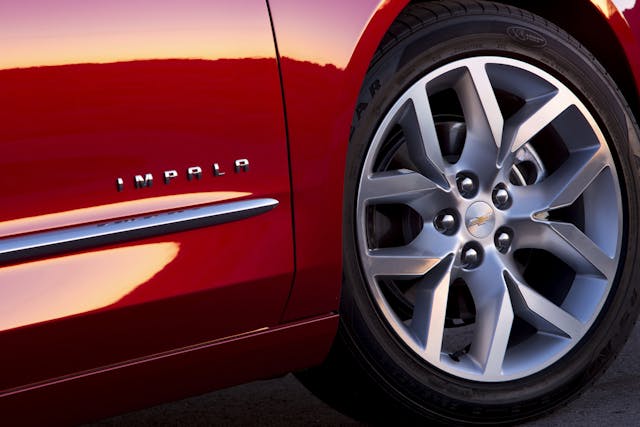
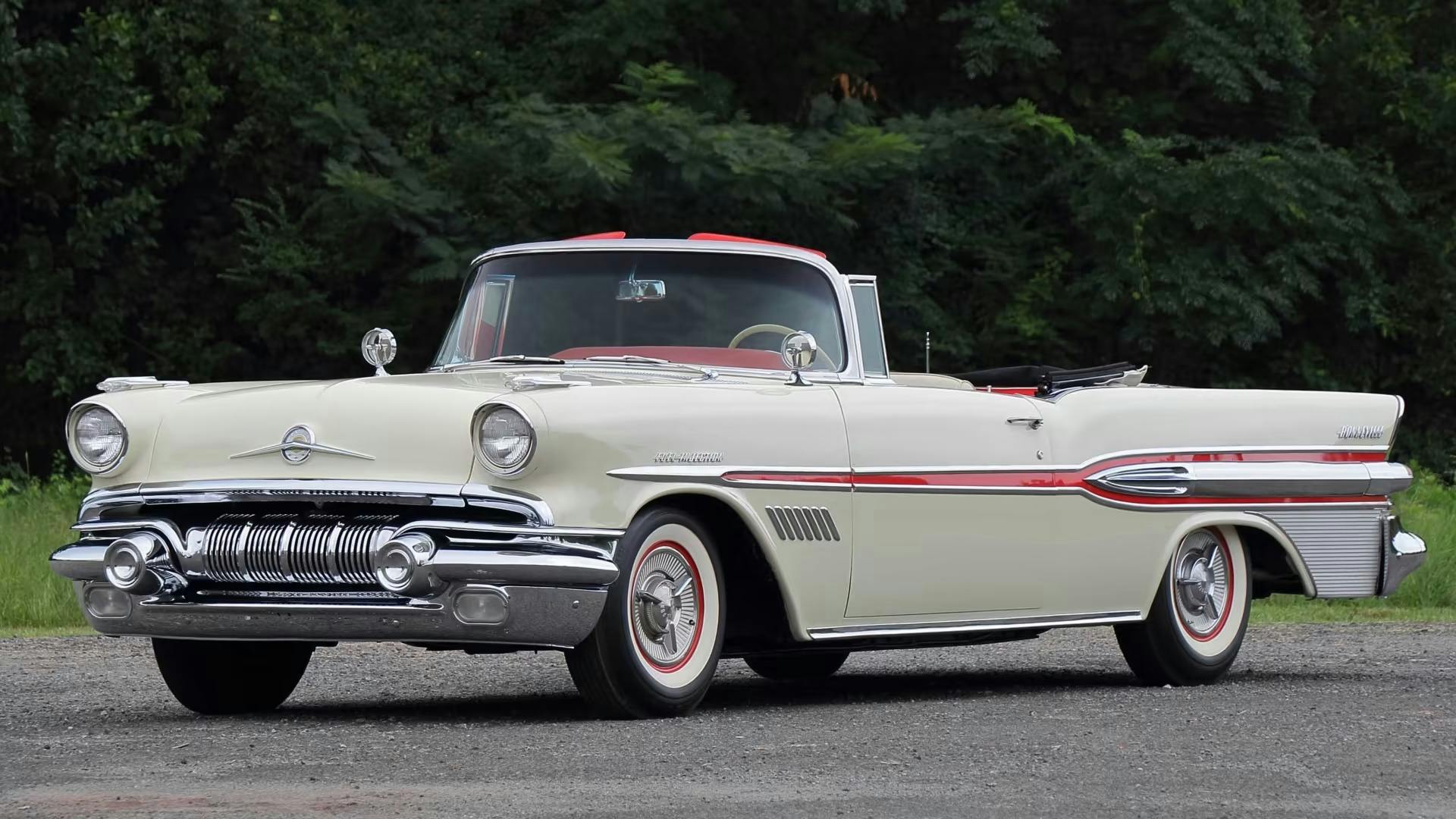
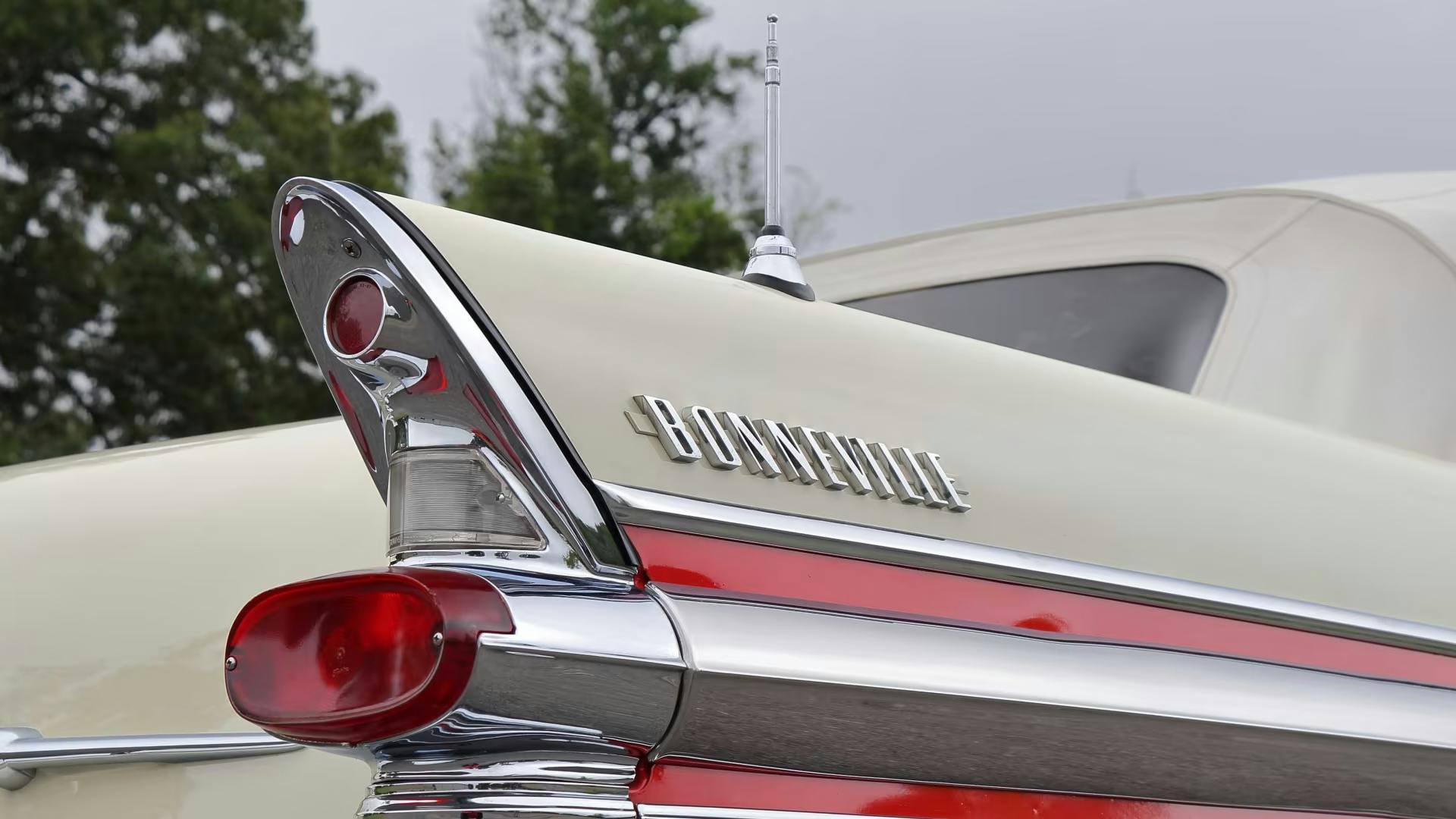
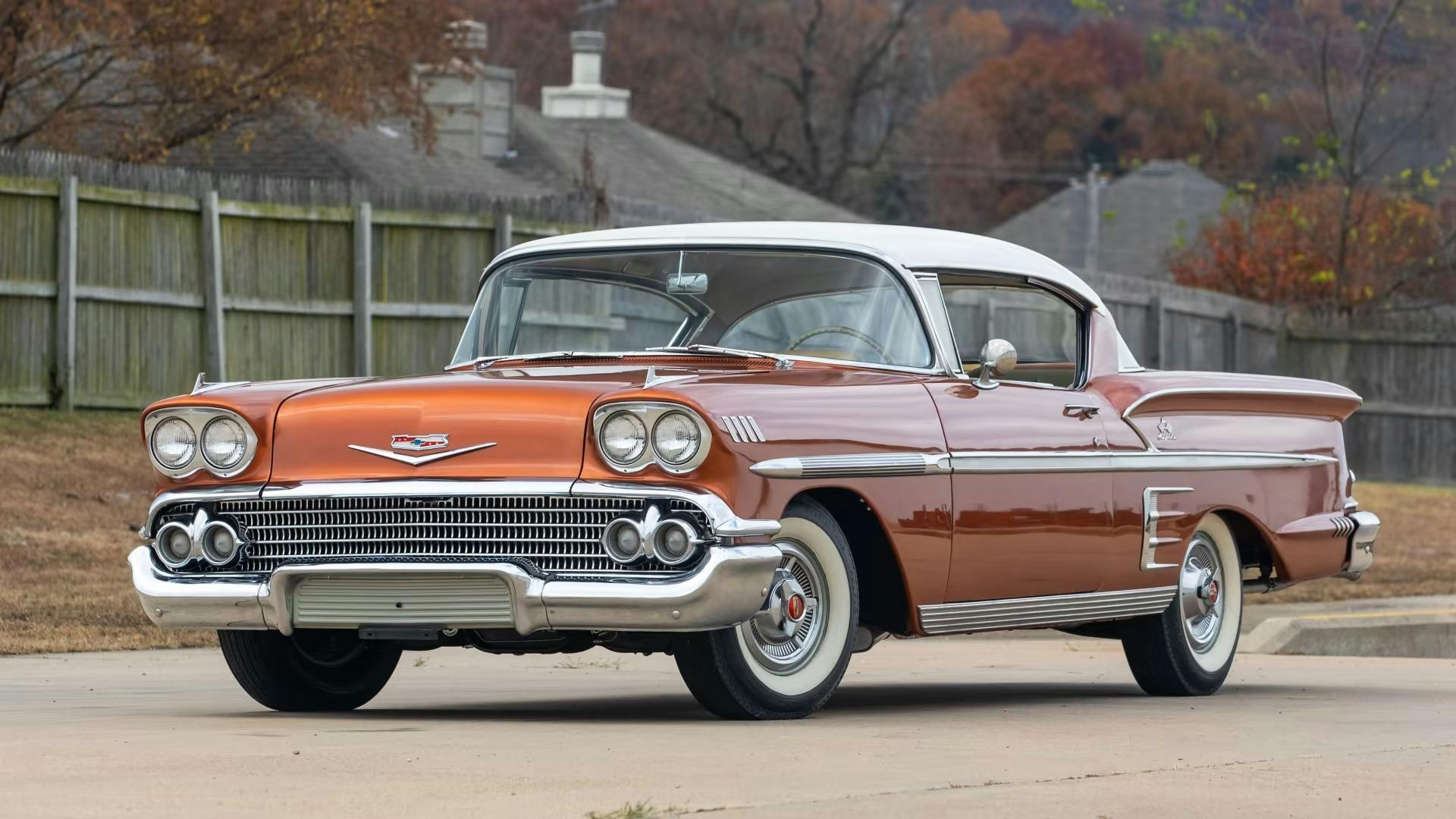
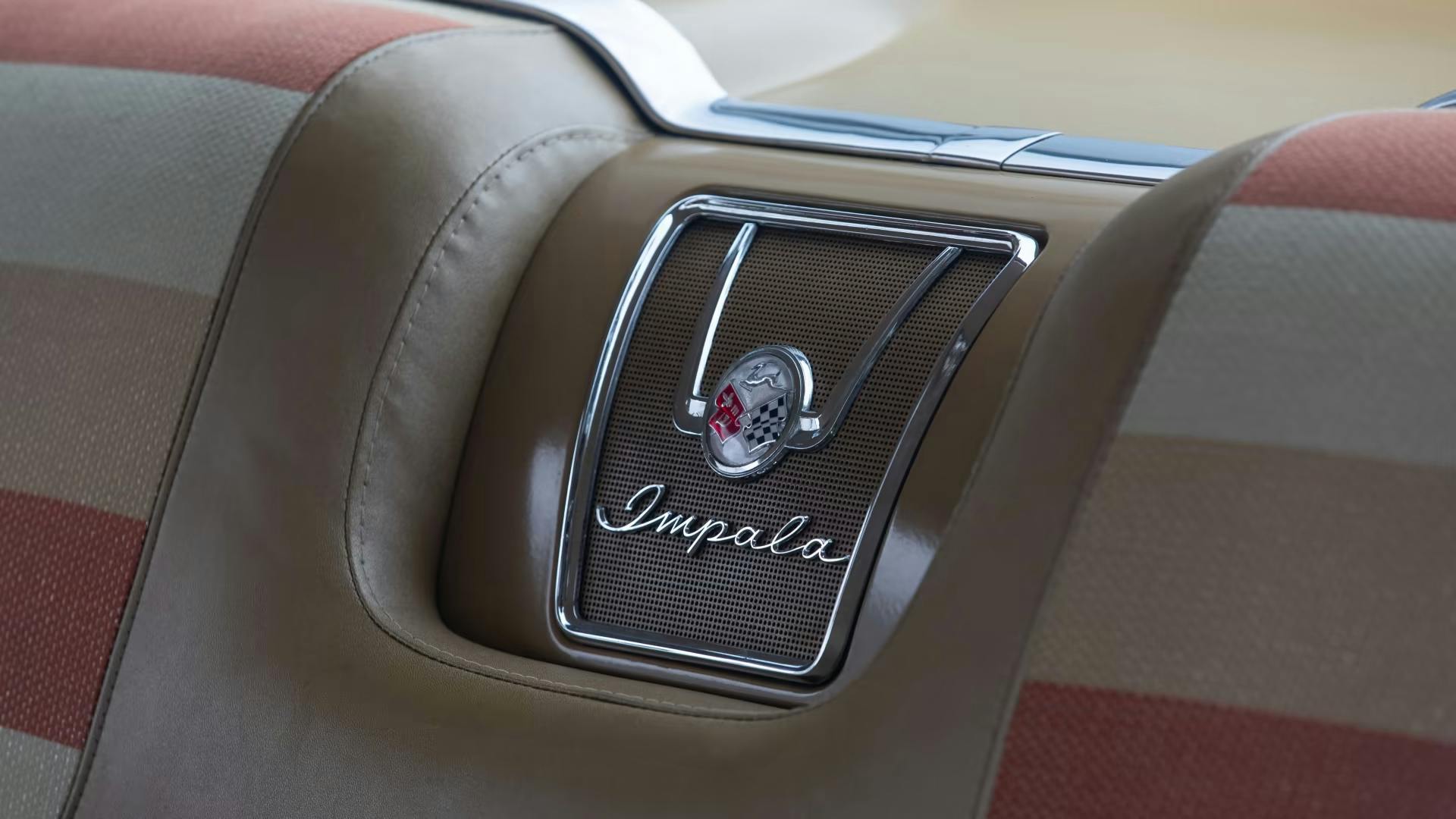

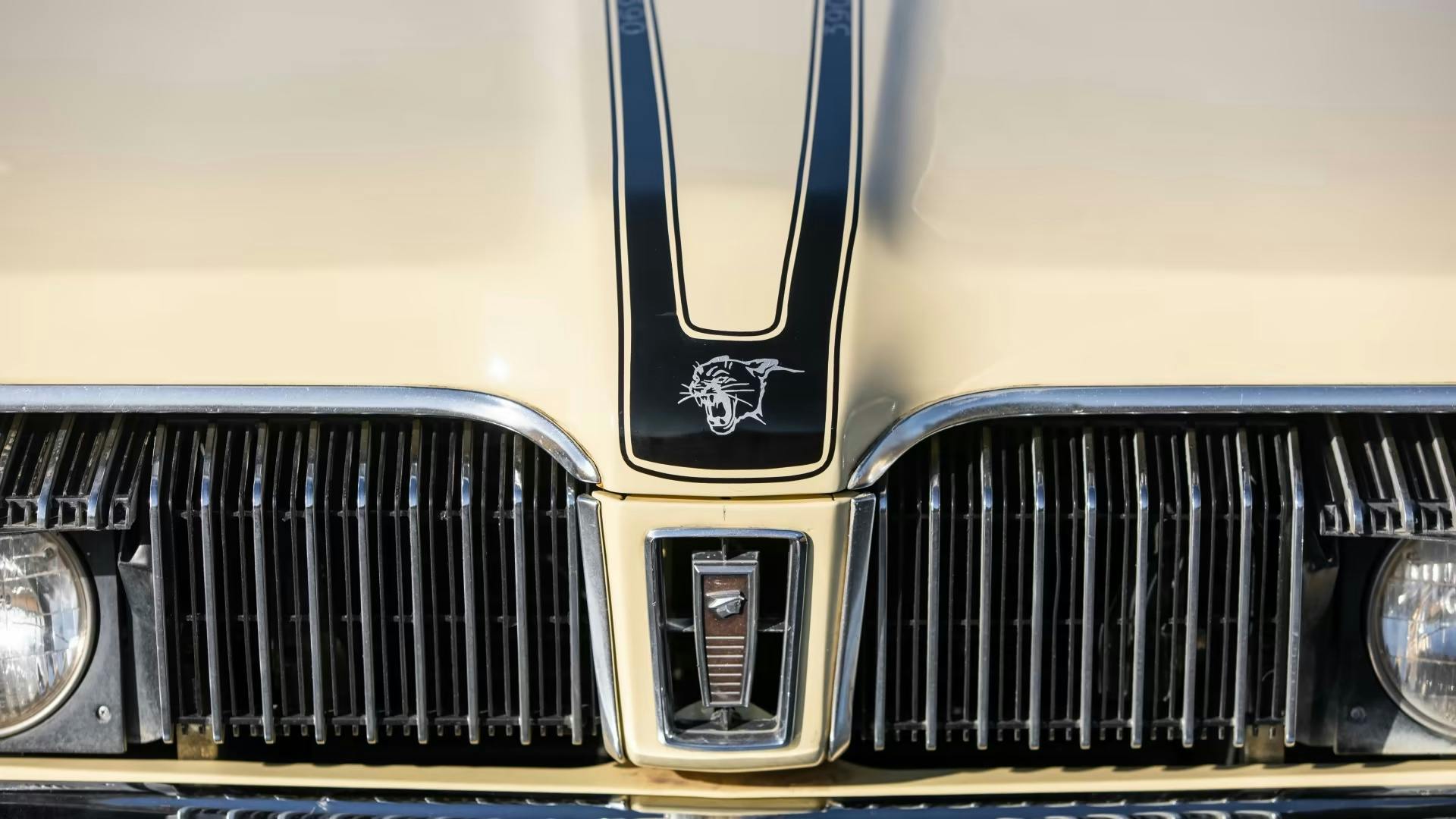
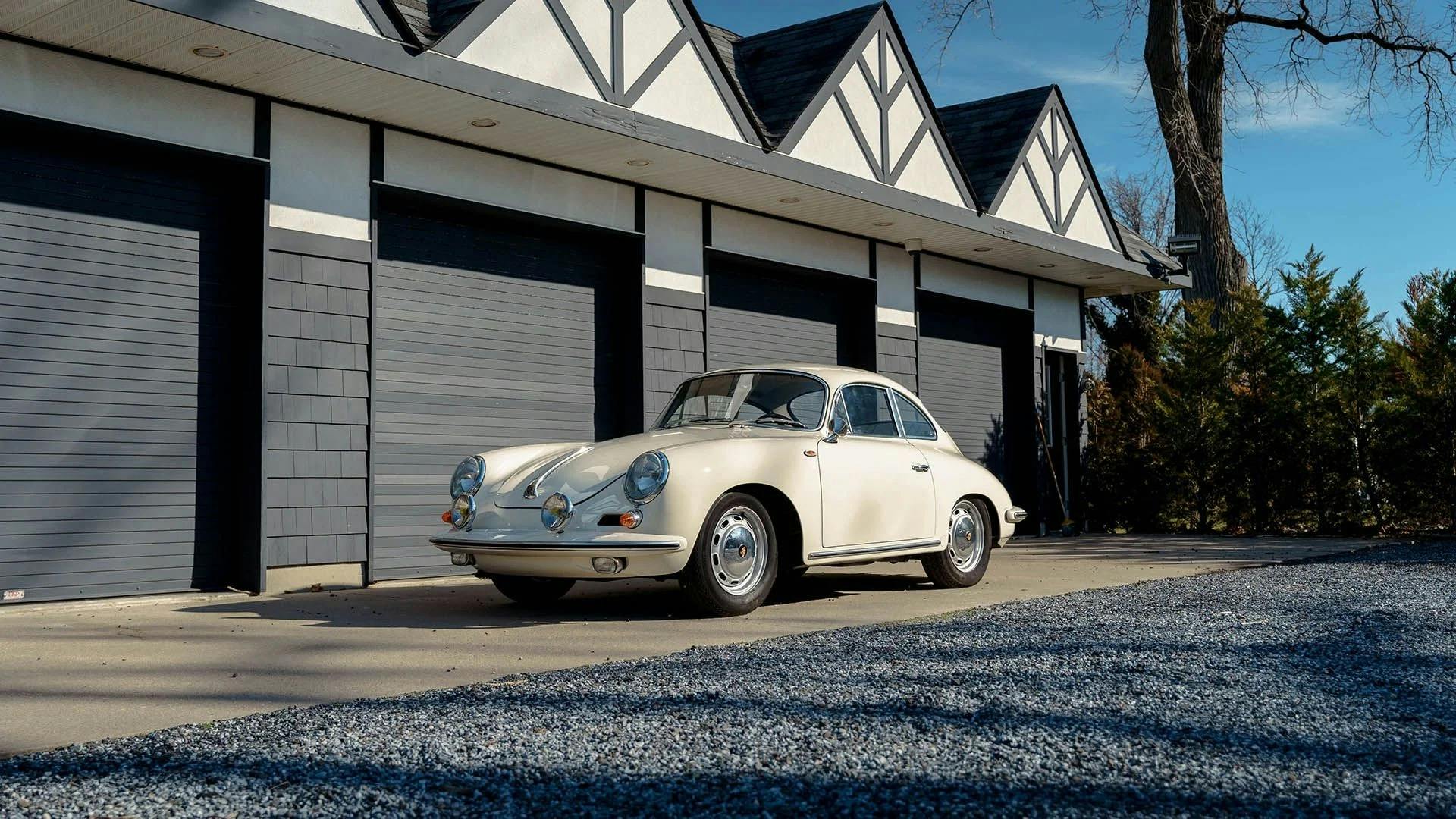



Well right off the bat leave the orphan brands out of all conversation. Like Pontiac, Mercury, AMC.
Then you got that GM stupid name of STINGRAY to add to the list. Definition: a bottom sea creature with a big tail.
Sorry dude but Stingray (one word or two) like Maki Shark fit the brand and design. Don’t forget a corvette is a boat. So it all makes sense. But a Ford guy doesn’t get it. I have a ‘15 and ‘21 Stingray and a license plate to match on the ‘15.
The Dodge Charger should never been associated with a 4 door. Two door hardtop only. No pillers either.
A few of these are a great name dragged through the dirt but then revitalized again like the Charger. The ’80’s Charger is so horrible looking, even back in the 80’s. Some names are currently being dragged through the dirt now. I expect it to get worse.
Hmmm…I thought the Charger (and equivalent Plymouth Turismo) were rather attractive little cars. The related Scamp and Rampage trucklets were also well-styled.
Am I an outlier here for thinking the Mustang Cobra ll actually looks better than the early Fox body Mustangs?
Hey, I am an original owner of a 1984 20th Anniversary 5.0 Mustang (my first new car) and I resemble (lol) that. Actually, I did think the 74-78 Mustang II Fastbacks were rather attractive. Many forget if it had not been for the Mustang II there may not have been a Mustang (Fox or others) after that as Ford wanted you to get “Probed” in 1989.
Riviera——STRIKE ONE! ☝🏼
Toronado—-STRIKE TWO!!! ✌🏼
Eldorado—-YER OUT!!! 👉🏼
GM couldn’t stand its own success.
Three beauties ruined simultaneously.
When I was a kid back in the 60s my Dad used to rage about GM using names like Le Mans, Grand Prix, Monza, GTO etc. when their products were about 180 degrees in the other direction.
What about car makes. I remember as a kid and into maybe my 30’s that I would love to own a caddy or Lincoln some day. Well lm 73 and that’s the last cars I would ever consider owning Talk about junk and being lost over the last 40 years
Turning east: Mitsubishi Eclipse. Went from a Car and Driver 10 Best (along with its DSM stablemates) to a pretty good coupe in gen 2 to a very so-so offering in gen 3 to the model name grave yard…only to be resurrected zombie-like as a half-baked cross-over in 2018.
I loved my ‘91 Eclipse. What a great car for 14k. Of course it was my entry vehicle to sports cars and with Mitsubishi diluting the brand I moved on to Corvettes.
The author stabbed Mustang II’s twice in this article. Tiresome. The only thing you can criticize the II for is the lack of horsepower which was the sign of the times in the mid to late 1970’s.
I think the Mustang II was a good car for the time. A smaller lighter, car with a good steering rack and decent mileage. Something really needed after the 1973 gas crises. I do believe it did pave the way forward for the better fox body. At least the mustang was not put out to pasture like the Barracuda.
True – but some folks cannot see the forest for the trees.
I’d like to mention the Chevelle. The mid 60s offered a SS396 that was gorgeous! Even the non SS versions had beautiful lines. Then they reduced it to a Malibu that looks like every tin import on the road. It’s nearly impossible to find a vehicle that doesn’t look like every other vehicle on the road. Individuality is dead.
I agree, Hal. I no longer have an interest in going to annual new car shows where one white, black, silver or grey car looks like the next. Vintage car shows – now that’s a different story! Gorgeous styling, real chrome and a range of colours.
I second the motion! No one ever had a bad thing to say about Chevelles. Why wouldn’t GM resurrect that name? Chevelles we’re not only great hot rods they were great family cars, station wagons, so rare something fit so well from so many angles!
Well, all things considered, when naming a machine after an animal, how close the association between the characteristics of each and how they align with reality becomes the issue. For example, and I’m not picking on the Impala specifically, but the animal is lithe, quick and can change direction quickly. How close does the machine come to these qualities? The malaise era carry overs were just that…remember when…?
The idea of attaching an animal name to a machine is to clearly imbue that machine with at least the anticipation that the machine will deliver some of the animals attributes…it’s marketing of course…and an attempt to create excitement about a product. This is probably why so many European manufacturers stayed away from this naming culture and went with numbers and/or letters…like the A-4 or S-550.
In my humble opinion, I think the worst offender on this list is the K-Car powered Dodge Charger. Really Dodge? I remember these ‘put put’ sounding cars back in the 80’s and when I saw it listed in this article I had an ache in the pit of my stomach. When you think Dodge Charger, you remember the General Lee, or the movie Bullitt and the iconic engines of that period. When a ‘68 or ‘69 Charger pulls up in a vintage car show it gets your attention. Using that name again in the K-Car era and actually boasting a massive 2.2 sticker displayed garishly on the hood is an offence to the real thing.
The 1979 AMX handled better than the 1968-1974 versions. The stock 304 was a pooch, and would lose out when put up against one with the 258, but with a stock AMC 360 swapped in, my 1979 AMX mopped the streets against earlier models. The geezers that told me it wasn’t a real AMX (even though it was clearly spelled out across the hood) were left in tears at the track.
It was great fun, cheep to buy and one of the cars I should have held onto.
I agree with James. A 63 Bird with a 390 was a very fast car. At 100 mph or higher it held the road like it was on rails. It was so aerodynamic. Not many cars passed me if I didn’t want them to. Wish I had not sold it.
God save us from MARKETING!!!